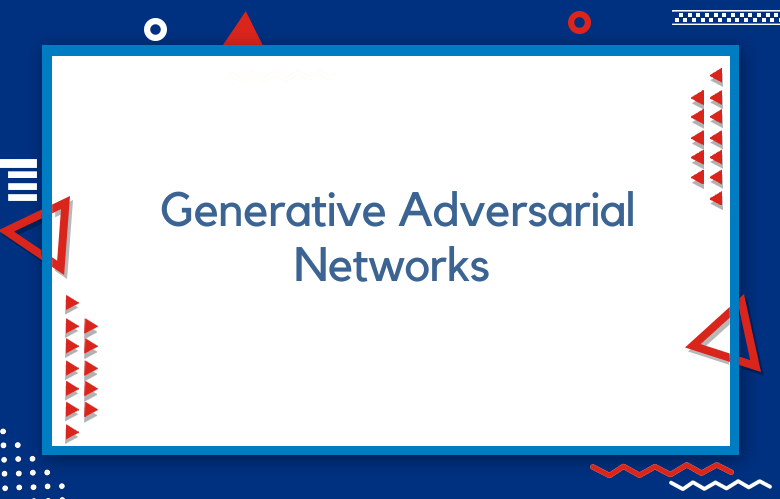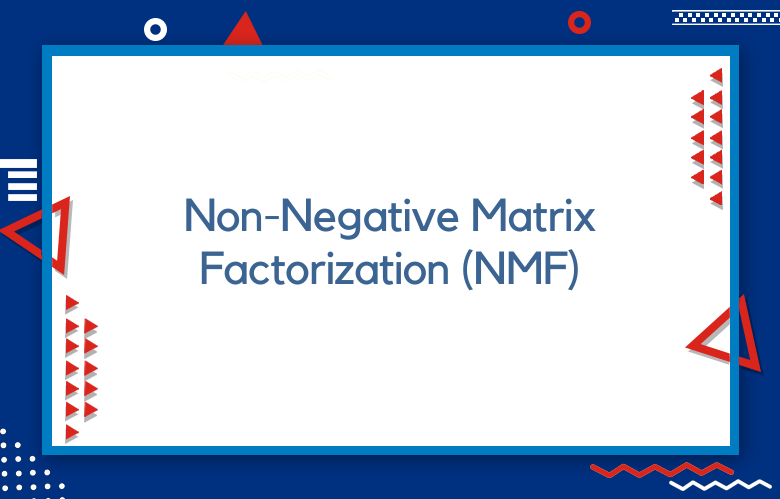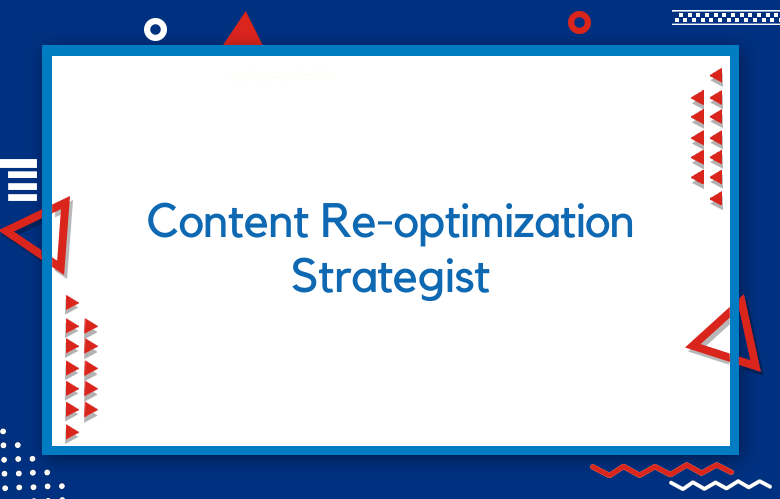AI in Marketing: Generative Adversarial Networks (GANs)

In marketing, we always look for ways to create more personalized content and experiences for our users. With the rise of artificial intelligence, we now have access to new tools and technologies that can help us create more realistic and lifelike content than ever. One of these tools is a generative adversarial network or Generative Adversarial Networks. We’ll take a closer look at what GANs are and how they are used in marketing.
Artificial intelligence (AI) is increasingly used in marketing to create targeted ads and content.
But what exactly is AI, and how does it work? This blog post will look at one type of AI called generative adversarial networks (GANs).
GANs are a type of AI that Learn from data by creating models that can generate new data from scratch.
This is done by training two neural networks against each other—a generator network that creates new data and a discriminator network that tries to distinguish between accurate and generated data.
As both networks learn, the generator network improves at creating accurate data, while the discriminator network identifies fake data.
This process results in the generation of new data that is indistinguishable from accurate data.
GANs have been used to generate everything from images of human faces to entire 3D scenes. And while GANs are still a relatively new technology, they hold much promise for marketers.
Here are some potential uses for GANs in marketing:
Generating targeted ads: GANs could create targeted ads based on customer demographics, interests, and past purchase history.
For example, a retailer could use a GAN to generate ads for products that interest a particular customer.
Creating personalized content: GANs could also create customized content such as news articles, blog posts, or social media posts. This would allow marketers to create highly relevant content for customers’ interests.
Generating realistic product images: Another potential use for GANs is the generation of authentic product images.
This could be used to create virtual product catalogs or even generate 3D images of products that don’t yet exist.
What are Generative Adversarial Networks (GANs)?
A Generative Adversarial Network is an artificial intelligence algorithm that generates new data samples from scratch.
The discriminator’s job is to classify the data samples as either natural or fake.
As the generator creates new data samples, the discriminator better classifies them, and vice versa.
This back-and-forth between the generator and discriminator makes Generative Adversarial Networks so powerful.
Generative Adversarial Networks have been used for various tasks, including image generation, video generation, and text generation.
For example, YouTube uses GANs to generate new thumbnails for videos that don’t have them.
This allows YouTube to show users thumbnails that are much more realistic and representative of the video’s content than would be possible with traditional methods.
How can Generative Adversarial Networks be used in marketing?
There are many potential applications for Generative Adversarial Networks in marketing.
For example, Generative Adversarial Networks can generate realistic product images from scratch.
This can be helpful when creating product ads or when designing new products.
Generative Adversarial Networks help to generate realistic user interface designs.
This can be helpful when designing websites or apps with a more natural look and feel.
How do Generative Adversarial Networks Work?
Generative Adversarial Networks, or GANs, are neural networks that can learn to generate new data from scratch.
For example, a GAN could be trained through a dataset of images and generate new ideas similar to those in the training set.
The two networks compete, and the generator learns to create data through this process.
This approach has successfully generated realistic images and applied them to other data types, such as text and 3D models.
Generative Adversarial Networks, or GANs, are artificial intelligence algorithms that generate new data samples similar to a training data set.
The generator network creates new samples while the discriminator network evaluates them.
As the two networks train, the generator becomes progressively better at creating realistic samples while the discriminator distinguishes natural from fake data.
The generator aims to create samples indistinguishable from the actual data set. This approach has generated images, videos, and even music.
Generative Adversarial Networks are a powerful tool for artificial intelligence research and have applications in many fields.
The Future of Generative Adversarial Networks in Advertising and Marketing
Generative Adversarial Networks (GANs) have the potential to revolutionize advertising and marketing.
By Generative Adversarial Networks, we mean a neural network architecture in which two networks compete in a zero-sum game.
The first network, called the generator, generates samples that try to fool the second network, which is called the discriminator.
As training progresses, the generator gets better at generating fake samples that are very close to the actual data distribution, and the discriminator gets better at distinguishing between genuine and counterfeit models.
The result is that both networks get better at their respective tasks through this process of adversarial learning.
GANs have been used for various tasks, such as image generation, text generation, and voice synthesis.
GANs can create realistic synthetic data for predictive training models in advertising and marketing.
For example, imagine you want to train a predictive model to identify different types of products in an image.
However, you only have a limited number of images of products available for training.
With GANs, you can generate additional synthetic images of products that can be used to train your predictive model. This would enable you to prepare a more accurate predictive model with less data.
Similarly, GANs can create synthetic customer data for predictive training models targeting customers with personalized ads.
Overall, GANs hold great promise for advertising and marketing applications.
Soon, we will see more and more cases of GANs being used in these domains as companies look to take advantage of this powerful tool to improve their marketing efforts.
Generative Adversarial Networks, or GANNs, are a relatively new artificial intelligence tool beginning to be used in advertising and marketing.
A GANN comprises two neural networks, a generator, and a discriminator.
GANNs hold a lot of promise for advertising and marketing. For example, they are used to create realistic product demonstrations or simulations of customer interactions.
GANNs could generate large amounts of data to train other machine-learning models.
For example, a GANN could be used to generate accurate user data that could then be used to train a predictive model that personalizes ads for individual users.
The potential applications of GANNs in advertising and marketing are just beginning to be explored. Still, they hold much promise for businesses looking for more creative and efficient ways to reach their customers.
How to Create a Generative Adversarial Network in Keras
Generative Adversarial Networks, or GANs, are a type of neural network that can generate accurate data, such as images or videos.
The Generator and Discriminator networks compete with each other during training, which helps to improve the accuracy of the generated data.
There are several ways to create a GAN, but one popular method is to use the Keras library.
Keras is a powerful deep-learning library that makes it easy to create complex neural networks.
When creating a GAN in Keras, two main components must be defined: the Generator and Discriminator networks. The Generator network should be designed to take in random noise as input and generate realistic data as output.
The Discriminator network should be designed to input real and fake data and output a single value that indicates whether the data is real or fake.
Once the Generator and Discriminator networks have been defined, they can be trained using standard supervised learning techniques.
The Generative Adversarial Network will peak performance when the Discriminator network can no longer tell apart real and fake data.
At this point, the GAN can generate new data that looks indistinguishable from accurate data.
Thanks to their ability to generate realistic data, GANs have applications in many fields, such as computer vision and natural language processing.
Generative Adversarial Networks, or GANs, are a type of neural network that can generate realistic data samples, such as images or videos.
They are composed of two components: a generator network that creates the data and a discriminator network that evaluates the data and determines whether it is accurate or fake.
We are training the generative network to fool the discriminator into thinking its data is accurate.
GANs have generated realistic images of faces, landscapes, and scenes from scratch. They can also improve the quality of images generated by other methods.
You will use the MNIST dataset, which consists of 55,000 labeled images of handwritten digits from 0-9.
The generator network will be made up of a series of convolutional layers, and the discriminator network will be made up of a series of fully connected layers. Following these instructions, you can train your own GAN and see how it performs on the MNIST dataset.
How to Improve Your Generative Adversarial Networks
Generative Adversarial Networks, or GANs, are the category of artificial intelligence capable of generating new data.
This makes them valuable for tasks such as image generation and facial recognition.
However, GANs can be challenging to train and often produce results that are not of the highest quality.
Several ways to improve the performance of GANs include careful selection of training data, augmentation of training data, and use of advanced architectures.
Another critical factor is the choice of the objective function.
The most common objective function in GANs is cross-entropy loss, but recent research has shown that alternative parts can lead to better results. By carefully considering these factors, it is possible to produce high-quality results with GANs.
Generative Adversarial Networks, or GANs, are a type of artificial intelligence algorithm used to generate new data based on existing data.
For example, a GAN could generate new images depending on a dataset of existing ideas.
While GANs have shown great promise, they can also be challenging to train and often produce low-quality results. In this article, we’ll explore some tips for improving your GANs.
One way to enhance the quality of your GAN results is to increase the size of your training dataset.
The more data your GAN has to work with, the better it will be able to learn the patterns and nuances needed to generate high-quality results.
Another way to improve your GAN’s performance is to use a higher-quality generator network.
A good generator network will be able to learn the patterns in your training data better and produce more realistic results.
You can also improve your GAN’s performance by training it longer.
The more time your GAN has to learn, the better it will be at generating high-quality results.
How to make a $25,000 Ad for free with Generative Adversarial Networks
Generative Adversarial Networks, or GANs, are a powerful tool for creating realistic synthetic images.
And as demonstrated by a recent project from the creative agency Obvious, they can also be used to generate compelling ads.
To create the ad, Obvious first trained a GAN to generate images of faces that looked realistic enough to be used in an ad.
They then fed this generated image into another GAN that was designed to create images of products.
The results were surprisingly effective, with the GAN-generated ad looking almost identical to a professional one that would have cost thousands of dollars.
While the potential applications of GANs are still being explored, it’s clear that they have a lot of potential in the world of advertising.
In the future, we may see more and more AI-generated ads, saving companies a lot of money.
Generative Adversarial Networks, or GANs, are a category of artificial intelligence that can generate realistic images, video, and audio.
They are often used in advertising and media to create believable content indistinguishable from reality.
GANs work by training two neural networks against each other. The first network, the generator, creates new data fed into the second network, the discriminator.
The discriminator then tries to identify which data is real or fake.
As the training progresses, the generator improves at creating fake data that fools the discriminator.
This process can create realistic images, videos, and audio for advertising.
For example, GANs can generate fake celebrity endorsements or product reviews. In some cases, GAN-generated content may be more convincing than actual content, as it can be tailored to target a specific audience.
Advertisers can use GANs to create high-quality ad content without incurring production costs.
GAN-generated ads can be customized to target a specific audience, making them more effective than traditional ads.
However, it is essential to note that GANs are still in their infancy, and some risks are associated with using them. For example, GANs could create fake news or spread misinformation if misused.
Therefore, it is essential to use GANs responsibly and with caution.
How Generative Adversarial Networks Create Better Fake Poses
Generative Adversarial Networks, or GANs, are a category of artificial intelligence that helps to create fake images.
These images can be of anything, but GANs are often used to create realistic images of people.
One way that GANs create these images is by taking real photos and then making changes to them.
For example, a GAN might take a picture of a person standing in front of a building and then change the person’s pose in the image. This helps to create realistic-looking images, as the person is unlikely to stand in that position naturally.
Another way that GANs create better fake poses is by using Generative Sequential Monte Carlo, or GSMC. This algorithm uses a series of Generative models to create an image, which helps to make the generated image more realistic.
GSMC is often used in conjunction with other algorithms, such as variational autoencoders, to improve the quality of the generated image further.
Finally, another way that GANs can create better fake poses is by using Generative Convolutions. This algorithm uses a series of convolutional layers to generate an image.
Generative Convolutions are often used with other algorithms, such as recurrent neural networks, to improve the quality of the generated image. In conclusion, GANs can create better fake poses by using various algorithms.
Each algorithm has strengths and weaknesses, but combining them allows GANs to create realistic-looking images.
Generative Adversarial Networks, or GANs, are a type of neural network used to generate accurate data.
This data can be considered anything from images to poses, and GANs are particularly successful at creating fake poses. There are two main reasons for this.
Firstly, GANs can learn the underlying distribution of the data, which is essential for creating natural results.
Secondly, GANs can generate high-quality images by using a game-theoretic approach.
In other words, they can compete to generate better results. As a result, GANs have become a popular tool for creating fake poses, and they are likely to continue to be successful in this area.
Conclusion
Generative Adversarial Networks are a powerful tool.
As we adopt AI into our everyday lives, we will likely see more applications for Generative Adversarial Networks across all industries—not just marketing!
GANs are the current state-of-the-art generative models for realistic images, videos, and text.
As AI evolves, GANs will become more widely used in marketing.
Contact us for a free consultation if you want help incorporating AI into your marketing strategy.
Call: +91 9848321284
Email: [email protected]



